LONDON—Nepal has been in turmoil in recent weeks because of the promulgation of a constitution that, according to its critics, discriminates against the Madhesis and the Tharus, who account for 70 percent of the population living in the Terai region bordering India, as well as against the country’s indigenous groups, the Janjatis. These groups, making up nearly half of Nepal’s population, were marginal to the larger constitution-making process, controlled by upper caste elite. The marginalized protest that their political power is reduced with the redrawing of political subdivisions, and the Indian sympathy they enjoy makes their protest part of a greater geopolitical struggle with China, Nepal’s other giant neighbor.
After taking charge last week, the new prime minister of Nepal, Khadga Prasad Oli, had said that normalizing relations with India is a top priority. Yet India is also viewed as a problem, too involved in Nepal’s domestic politics, and China is exploiting Nepalese insecurities vis-à-vis India to serve its own interests. Ongoing disagreements over the constitution will not only mar relations with India, driving the government closer to China, but also challenge Nepal’s transition to a healthy democracy. What could have been a defining moment for Nepal is mired in internal conflict and regional posturing.

The country is still struggling to come to terms with its political evolution. Since 2008 when the king was forced to give up his emergency powers and restore the elected parliament, politics have yet to settle. Fighting between the Maoists and the Nepalese government lasted a decade with an estimated 13,000 lives lost. Fighting ended in 2006 with the signing a peace accord and a framework for moving forward. Immediately following the conflict, there were some promising steps: Legislation was proposed to establish a Truth and Reconciliation Commission; an interim constitution was adopted in 2007 with the intent of forming a Constituent Assembly; elections to that assembly were held in 2008, and during that year Nepal became a democratic republic with abolition of the monarchy.
But the peace process has been protracted due to a climate of political instability—the country has had six prime ministers in the last six years. Such turmoil severely limits the country’s recovery, with the most fundamental example being Nepal’s failure to draft a new constitution. The Constituent Assembly was elected in 2008 with a two-year mandate, but this was extended four times as the parties could not agree on the country’s federal structure. The new constitution is a step forward, but once again fails to provide a lasting solution. More than 40 have been killed in protests in the country since August when the draft constitution was made public.
Nepal can ill-afford this crisis especially after April’s devastating earthquake which caused an estimated $10 billion of damage in the $19.6 billion economy and from which the country has yet to fully recover. As of May, China’s post-earthquake aid was nearly double that from India.
Though a number of countries including China welcomed the new constitution after years of impasse, India’s reaction was terse, pointing out “that the situation in several parts of the country bordering India continues to be violent … We urge that issues on which there are differences should be resolved through dialogue in an atmosphere free from violence and intimidation, and institutionalized in a manner that would enable broad-based ownership and acceptance.”
India had raised concerns over Nepal’s constitution through back channels to avoid being accused of interfering with the process. There was a sense that Nepalese parties ignored the concerns, along with a suggestion to delay promulgation for a few days in view of protests. India conveyed a list of seven amendments to make the constitution amenable for alienated groups living mostly in the Terai region bordering India. The Nepalese government argued that “Nepal’s constitution is better than the Indian constitution” and “the most progressive in South Asia.” Communist leaders in Nepal have taken a strong anti-India line underlining that the new constitution’s promulgation is a “matter of conscience and self-respect” for the Nepalese people and “any act from anywhere that amounts to undermining our sovereignty is not acceptable to the Nepalese.”

Indo-Nepal relations have taken a nosedive with Kathmandu blaming India for growing fuel shortages, implying that India had imposed an informal blockade by not allowing fuel trucks to cross the border into Nepal. New Delhi blamed this disruption on the mass protests. Nepal imports almost all its oil from India, and road links to China through the Himalayas have been blocked since the April earthquake. As tensions with India mounted, China reopened its border with Nepal in Tibet. The disruptions underscore the Himalayan kingdom’s profound economic vulnerability, further inflaming anti-India passions. China is likely to be a beneficiary of this turmoil in India’s periphery.
Historically, Nepal has had close ties with India. The political uncertainty in Nepal has fueled anti-Indian sentiments, allowing China to enlarge its presence and even offer financial assistance for drafting the constitution. China overtook India as Nepal’s biggest foreign investor in 2013 with its funding of a $1.6 billion hydropower project—one of country’s biggest outside investments.
Against this backdrop, Indian Prime Minister Narendra Modi made Nepal a priority. He visited in August 2014 and also pledged $1 billion for reconstruction after the earthquake. It was the first bilateral visit to Nepal by an Indian prime minister in 17 years. Nepalese polity, cutting across party lines, had welcomed the assumption of power by Modi, with most expressing hope that Nepal would be a beneficiary of his developmental agenda.
The Nepalese parliament invited Modi for an address, the first by a foreign head of state to that body since 1990, and the Nepalese gave him a rousing welcome. Modi’s speech was a graceful reflection on the trials and turbulence that have shaped Indo-Nepalese ties in recent years with a promise of a change of course.

Modi also concluded three memoranda of understanding, including one on the 5600-MW Pancheshwar project, a bi-national hydropower project to be developed in Mahakali River bordering Nepal and India. Most significantly, he promised prompt implementation of Indian projects in Nepal, a cause of needless irritation in this bilateral relationship and viewed as symptomatic of India’s lack of seriousness by most Nepalese. India also promised review of the 1950 Treaty of Peace and Friendship within two years on the basis of recommendations from a group of eminent representatives from both countries.
The Modi government had an opportunity to reshape the contours of New Delhi’s relations with Kathmandu at a time when India seems to be losing ground in Nepal to China. The Himalayan kingdom faces a crisis and blames India for pulling strings from behind the scenes. China has long been suspicious of the Madhesis’ sociocultural and economic ties with India as the region has historically been part of India’s larger Mithila region.
New Delhi could have better handled this relationship, but ultimately the Nepalese polity must pursue its own resolution. Otherwise, anger and mistrust between the entrenched elites in the valley and marginalized groups will only grow, challenging governance over the long-term. It is crucial for the Nepalese polity to ensure that those who feel left out of the constitution-making process to develop a sense of ownership in the new document. Anti-India sentiment, understandable though it may be, will not resolve the underlying tensions. Nepal must confront those demons on its own, and India should leave its neighbor alone as it works out its own domestic equation.
Harsh V. Pant is professor of international relations at King’s College London and the author of “India’s Afghan Muddle." Copyright © 2015 YaleGlobal and the MacMillan Center. This article was previously published on Yaleglobal.yale.edu
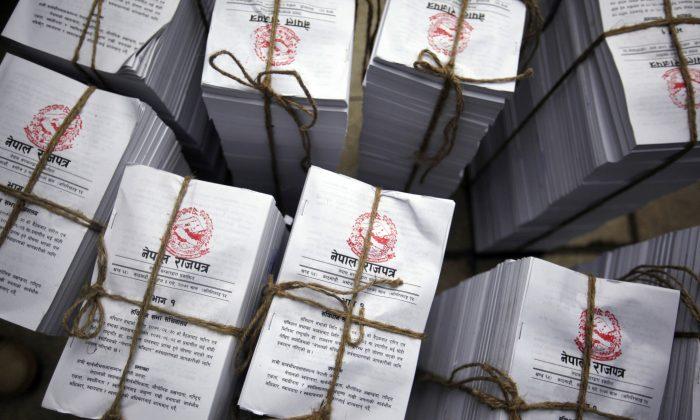
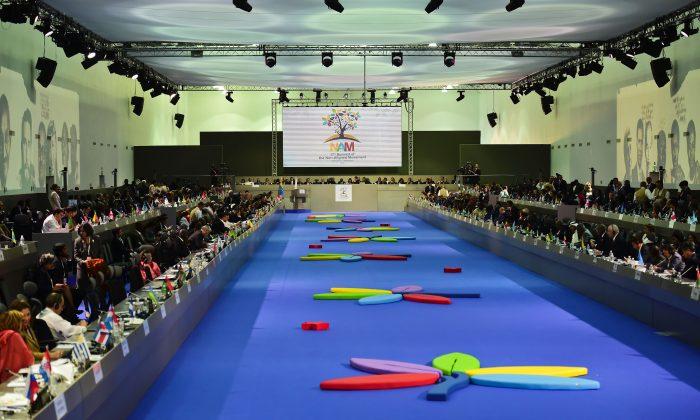
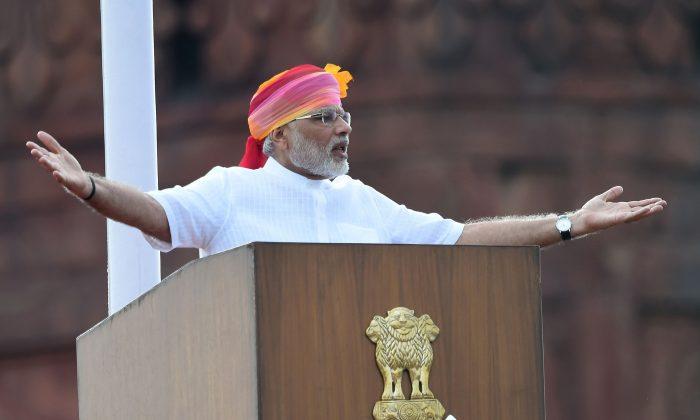
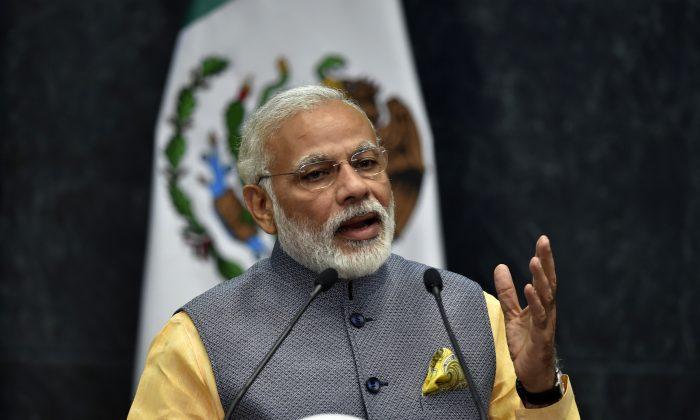
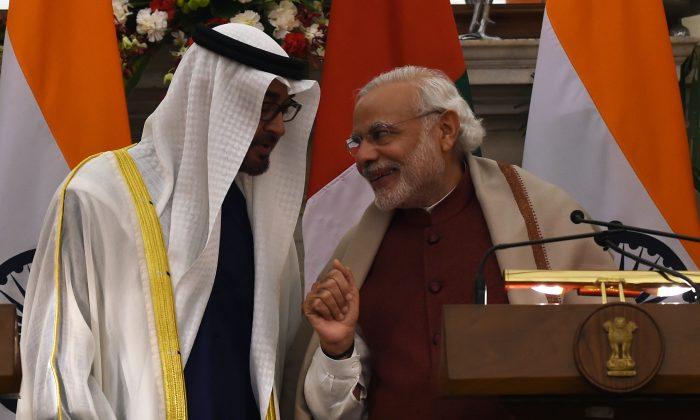
Friends Read Free